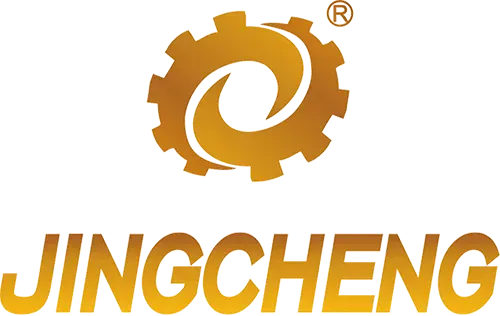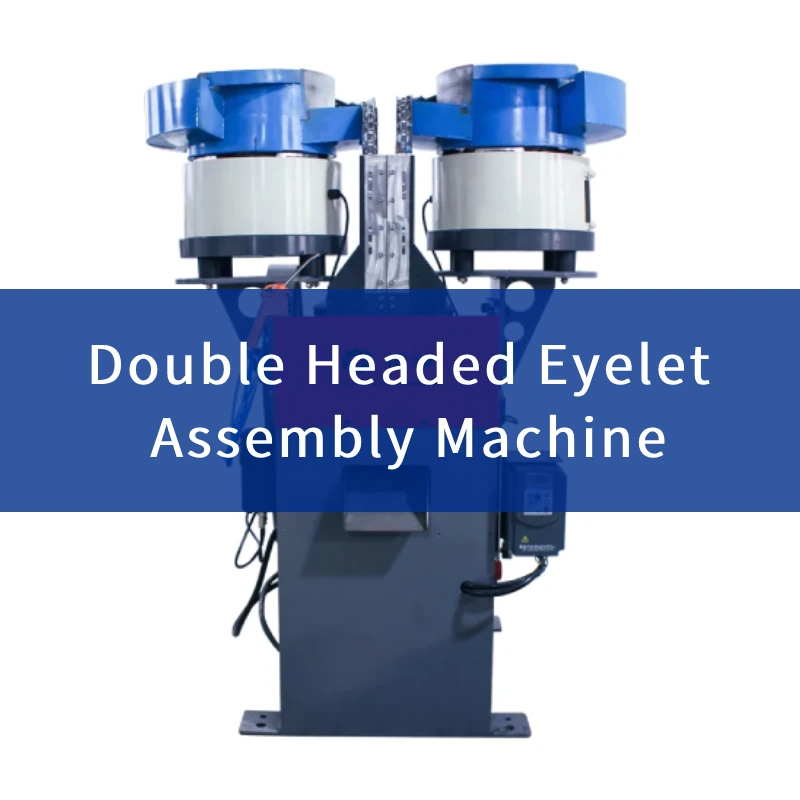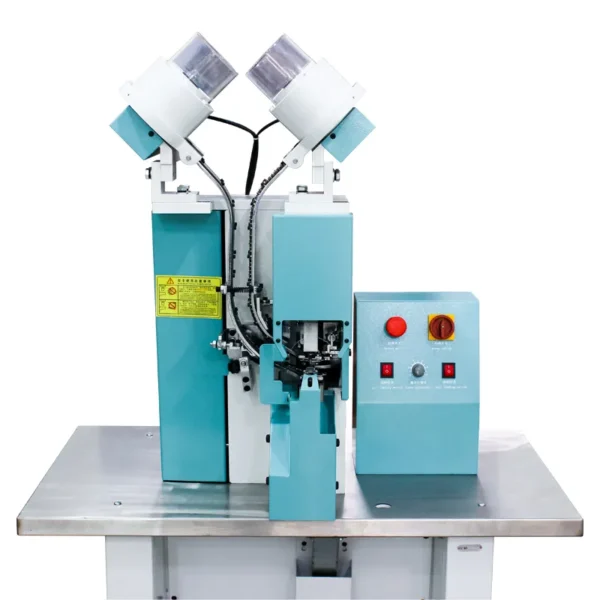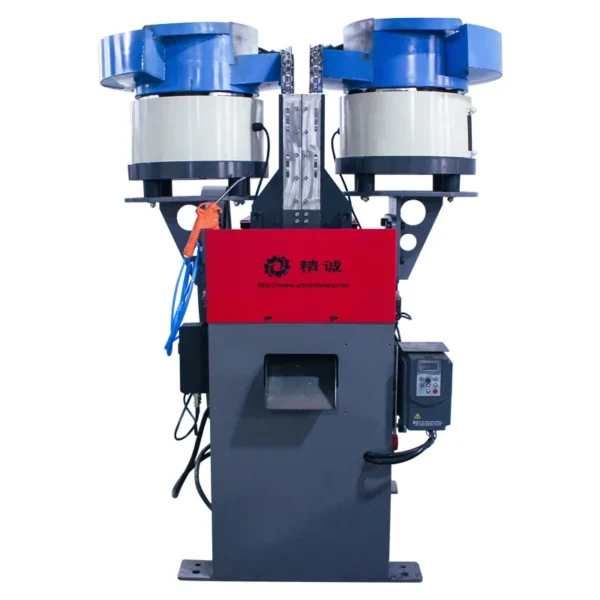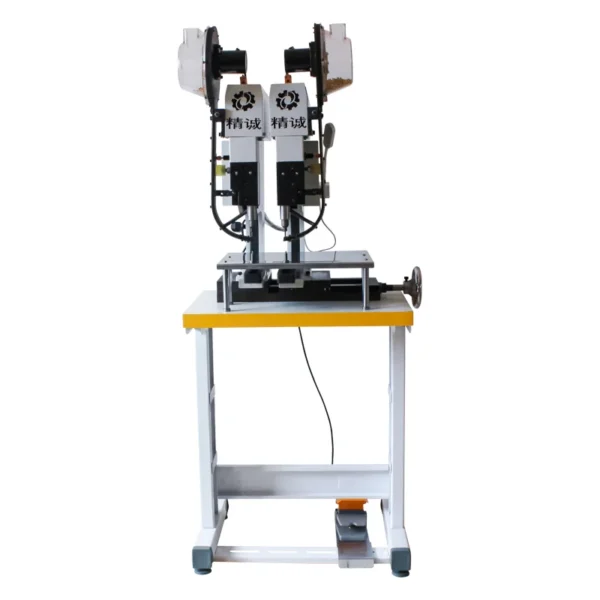In the realm of modern manufacturing, the pursuit of efficiency and precision stands as an unwavering goal. To meet the ever-escalating demands of production, a multitude of automated solutions have emerged, each tailored to specific needs. Among these, the Double Headed Eyelet Assembly Machine has carved a niche as a highly effective tool across numerous industries.
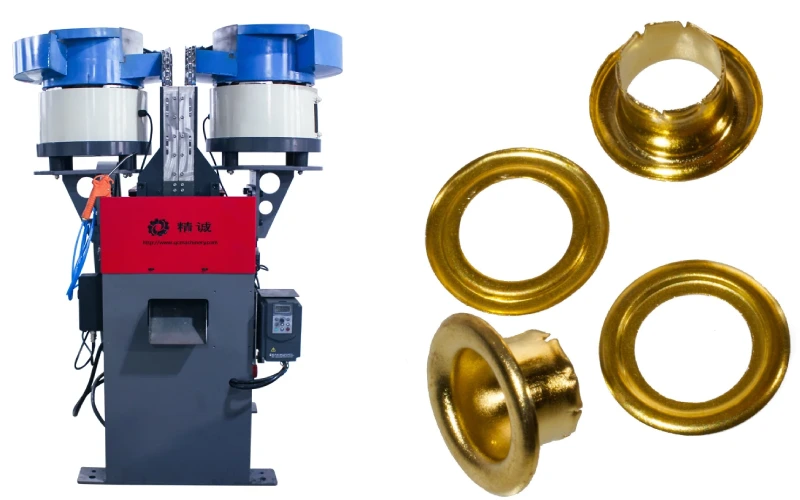
What is Double Headed Eyelet Assembly Machine
A Double double-headed eyelet Assembly Machine is an automated device designed to streamline the process of inserting eyelets, also known as grommets or rivets, into a diverse range of materials. These materials may include leather, textiles, paper, plastics, and metals. The machine’s defining feature is its ability to install two eyelets, significantly boosting productivity compared to traditional manual methods.
The Operational Mechanics Steps
The operation of a Double Headed Eyelet Assembly Machine typically involves a series of meticulously coordinated steps:
- Eyelet Feeding:
- The machine employs a vibratory bowl or other feeding mechanisms to automatically deliver eyelets to the precise installation point.
- Material Positioning:
- The material to be processed is placed on the machine’s worktable, where it is precisely positioned to ensure accurate eyelet placement.
- Simultaneous Eyelet Insertion:
- The machine’s two working heads operate in unison, inserting two eyelets into the material at the designated locations.
- Crimping and Securing:
- The working heads apply pressure to crimp and secure the eyelets, creating a strong and reliable bond with the material.
- Finished Product Output:
- Upon completion of the eyelet insertion, the finished product is either automatically ejected or manually retrieved by the operator.
Advantages That Drive Adoption
The widespread adoption of Double Headed Eyelet Assembly Machines can be attributed to a compelling array of advantages:
- Enhanced Production Throughput:
- By simultaneously installing two eyelets, these machines dramatically increase production speed, resulting in significant labor cost savings.
- Precision in Assembly:
- Equipped with sophisticated positioning and control systems, the machines ensure that eyelets are inserted with exceptional accuracy and consistency.
- Elevated Product Quality:
- Automated assembly minimizes the potential for human error, leading to improved product uniformity and reliability.
- Reduced Labor Demands:
- The machines are designed for user-friendly operation, reducing the physical strain on workers and fostering a more comfortable work environment.
- Versatile Applications:
- Double Headed Eyelet Assembly Machines accommodate a wide spectrum of materials and eyelet sizes, making them highly adaptable to diverse manufacturing needs.
Eyelet Types That Can Be Processed
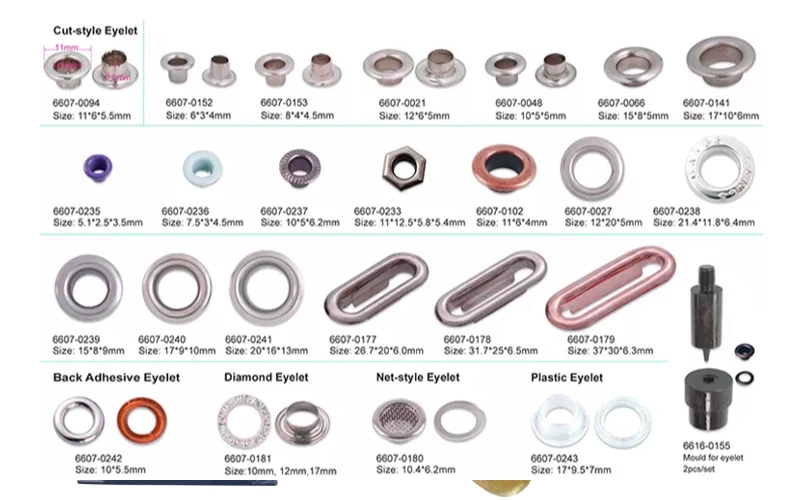
Brass Eyelets:
Known for their durability and resistance to rust.
Often have a polished, aesthetically pleasing finish.
Commonly used in footwear, leather goods (belts, bags), and various apparel applications.
Steel Eyelets:
Highly robust and resistant to wear and tear.
Primarily used in industrial applications where strength is paramount.
Found in heavy-duty items and situations requiring strong reinforcement.
Aluminum Eyelets:
Lightweight and corrosion-resistant.
Versatile, used in lightweight apparel, outdoor gear, and other applications where weight is a concern.
Stainless Steel Eyelets:
Very high corrosion resistance.
Used in environments where moisture or chemical exposure is a factor.
Used in marine applications, and high quality goods.
Factors that change the type of eyelet:
Size: Eyelets come in a wide range of sizes, from very small to large grommets.
Shape: While round is most common, oval and other custom shapes exist.
Finish: Eyelets can have various finishes, such as polished, plated, or coated, for aesthetic or protective purposes.
Construction: Some eyelets consist of a single piece, while others have multiple components, like eyelets with washers.
A Spectrum of Applications
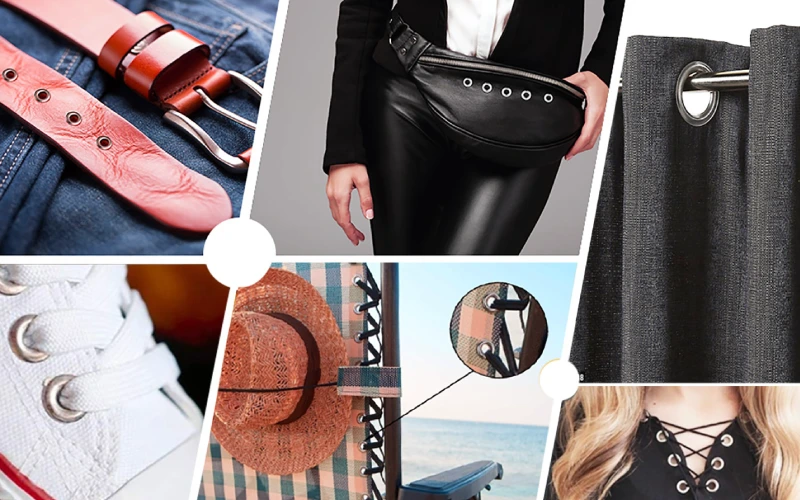
These machines find extensive applications across a broad spectrum of industries, including:
- Leather Goods:
- Used in the production of handbags, footwear, belts, and other leather accessories.
- Textiles:
- Employed in the manufacturing of clothing, curtains, awnings, and various textile products.
- Paper Products:
- Essential for creating file folders, packaging boxes, and bookbinding.
- Plastic Goods:
- Used in the production of signs, folders, and toys.
- Metal Products:
- Integrated into the manufacturing of electronic devices, machinery, and automotive components.
Variations to Suit Diverse Needs
Double Headed Eyelet Assembly Machines are available in various configurations to cater to specific production requirements:
- Manual Machines:
- Suitable for small-scale production or prototype development.
- Semi-Automatic Machines:
- Require manual assistance for material feeding and retrieval, ideal for medium-volume production.
- Fully Automatic Machines:
- Automate all stages of the process, from feeding to output, designed for high-volume production.
- Customized Machines:
- Tailored to meet unique customer specifications and specialized assembly needs.
The Future of Automation
As automation technology continues to advance, Double Headed Eyelet Assembly Machines are poised for further innovation, with trends pointing towards:
- Intelligent Automation:
- Integration of sensors, vision systems, and artificial intelligence to create smarter assembly processes.
- Flexible Manufacturing:
- Enhanced ability to quickly switch between different eyelet sizes and materials, supporting versatile production.
- High-Speed Performance:
- Increased assembly speeds and improved stability to maximize production efficiency.
- Integrated Systems:
- Seamless integration with other automated equipment to create comprehensive automated production lines.
FAQ
What types of materials can the machine work with?
The Double Headed Eyelet Assembly Machine is designed to handle a variety of materials, including different types of fabrics, leather, and synthetic materials. Its versatility allows manufacturers to produce eyeleted products for various applications, from fashion garments to industrial textiles. The machine’s adaptability makes it an essential tool in industries where multiple material types are used, ensuring that production can meet diverse market demands without needing separate machines for each material.
How many eyelets can the machine produce per hour?
Depending on the specific model and its capabilities, the Double Headed Eyelet Assembly Machine can produce anywhere from several hundred to over a thousand eyelets per hour. This high output rate is achieved through its dual-head design, which allows for simultaneous processing. This efficiency is crucial for high-volume manufacturing environments where timely production is essential to meet market demands and deadlines, thus minimizing the cost per unit.
What industries commonly use Double Headed Eyelet Assembly Machine?
The Double Headed Eyelet Assembly Machine is widely used across multiple industries, including fashion, where it is utilized in the garment production process to insert eyelets into clothes and accessories. The automotive industry also employs this machine for parts that require eyelets, such as upholstery. Additionally, packaging companies use it for creating grommets in various packaging materials. Its adaptability to different sectors makes it a valuable asset for manufacturers looking to broaden their production capabilities.
Conclusion
Double Headed Eyelet Assembly Machines represent a cornerstone of efficient and precise automation, playing a vital role in numerous industries. As technology progresses, these machines will continue to evolve, providing ever-greater support for automated manufacturing worldwide.
Jingcheng Machine, a production factory with nearly 20 years of experience, specializes in Double Headed Eyelet Assembly Machines. Contact us to start efficient production.
